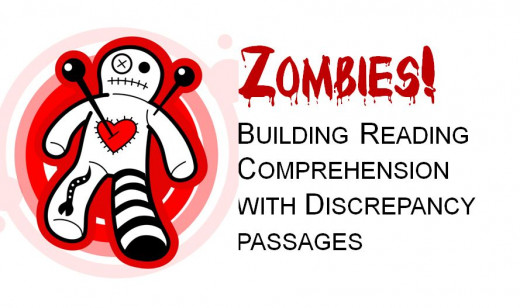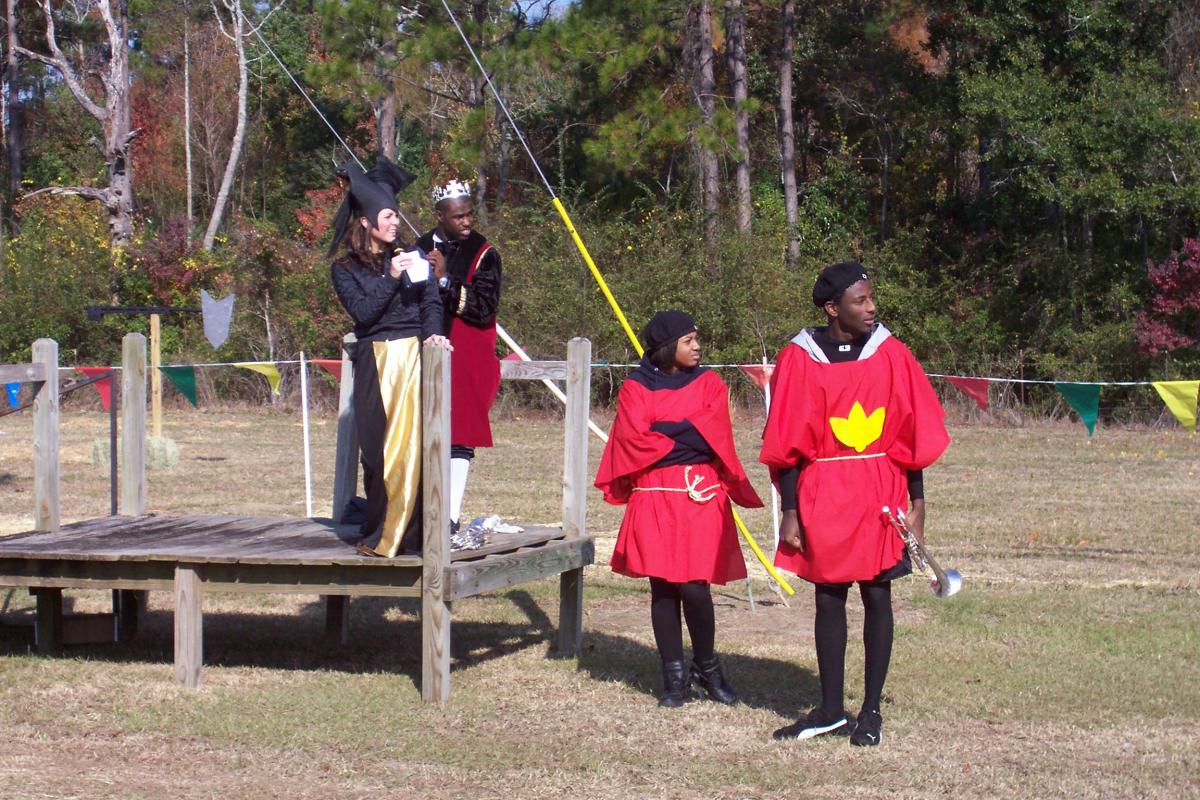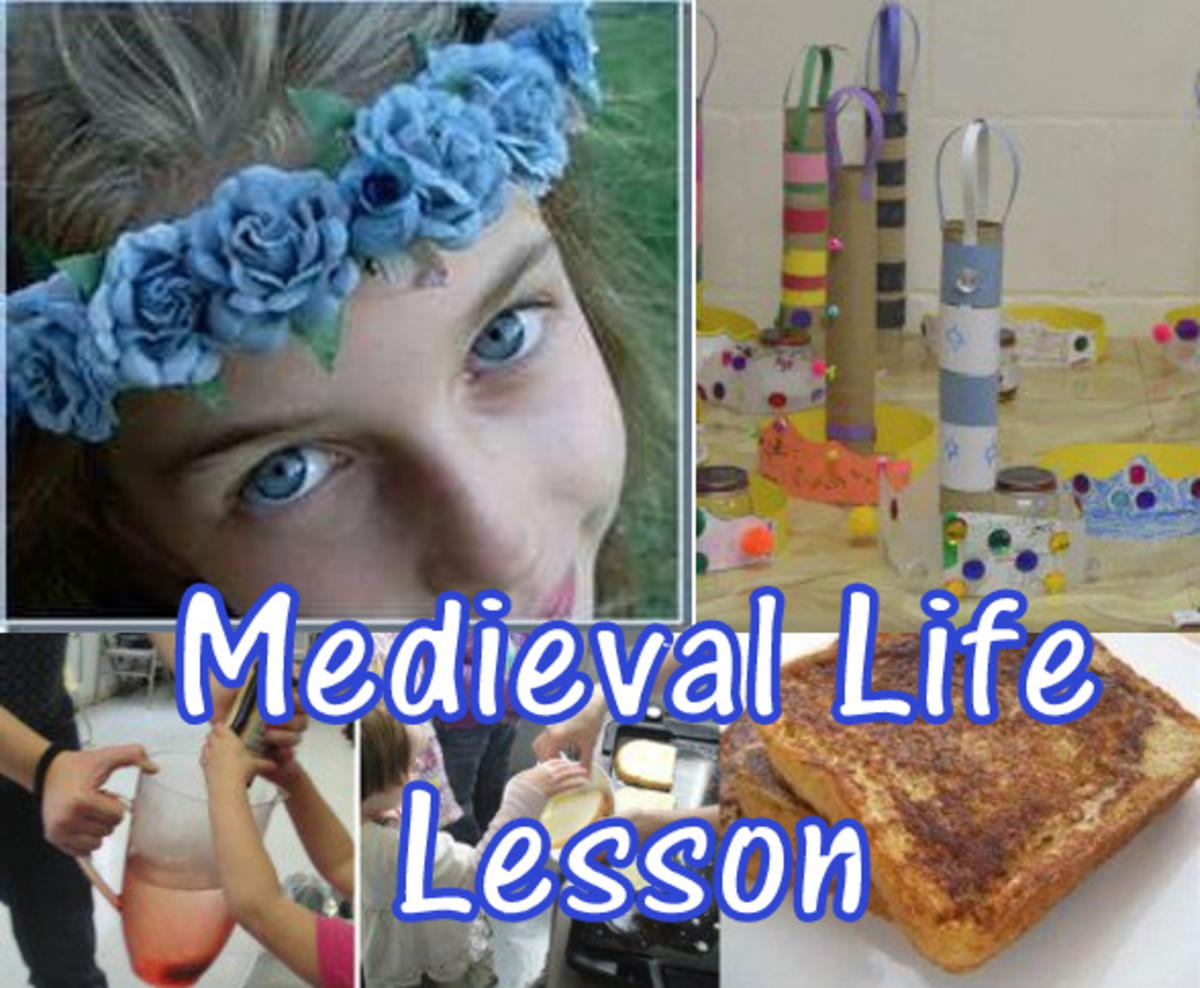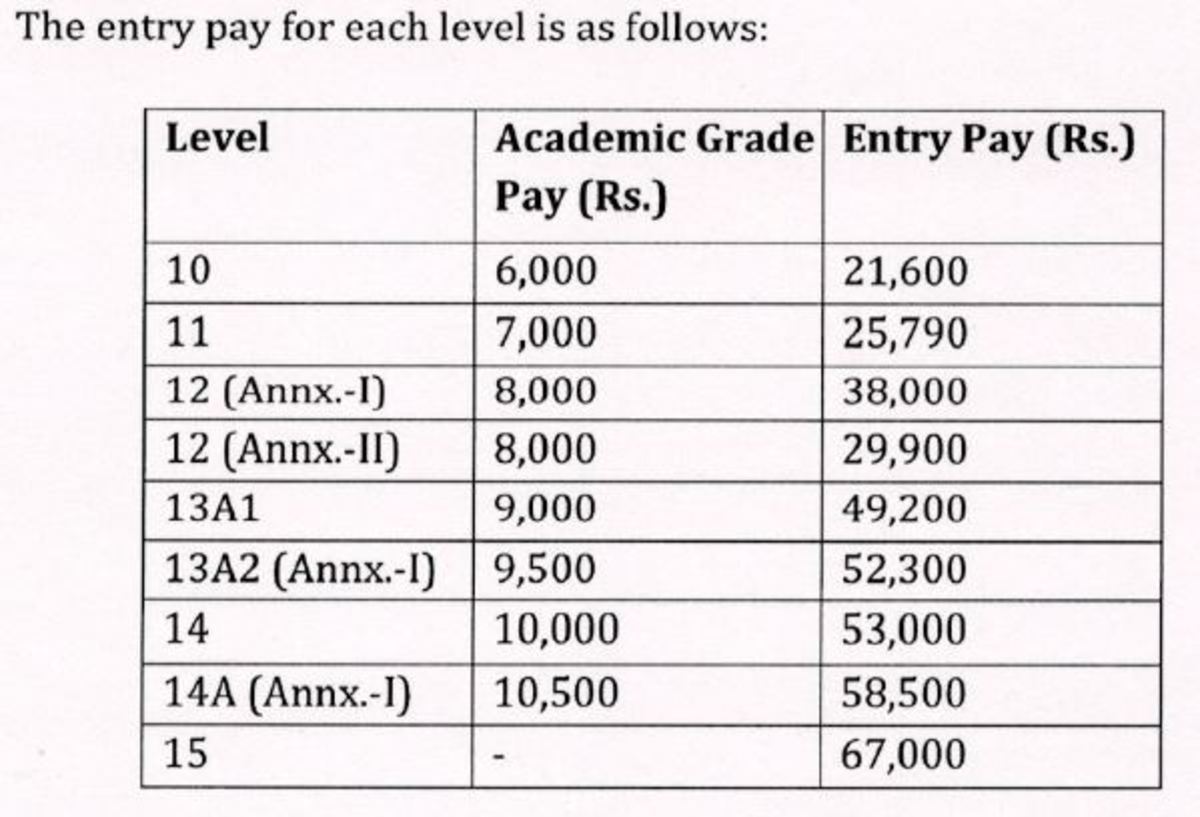Zombies Ate My Lesson Plan! Teaching Strategies that Will Increase Student Engagement
Zombies Ate My Lesson Plan

What? Zombies? The Research Behind the Madness...
No matter how well constructed, no lesson can be effective if students do not engage with it. Engagement is the key. Being interested is the first step to learning anything.
Unfortunately, repetition is necessary for learning, but repetition without novelty is boring, so the brain shuts down. Novelty, therefore, is essential because, by stimulating interest, it keeps the brain's reticular activation system alert. (What Learning Looks Like: Mediated Learning in Theory and Practice, K-6, Feuerstein and Lewin-Benham, 2012)
In fact, research has shown that anything different stimulates interest and learning. Something as simple as writing in a different color has been shown to stimulate additional brain function in learners. So the most effective lessons are those with instructional value that are also fun, interesting, different, or surprising to students. So, should you really work the topic of zombies into your lessons once in a while? Absolutely!
When in Doubt...

Make Writing Fun
A Dynamic Instructional Philosophy: Make It Up!
When having your students write, unless the purpose of your assignment is to strengthen research skills, don't worry too much about if the content of your students' writing is true. If what you are assessing is simply writing skills, there is no need to require the assignment to be factual.
For instance, I once taught at a school where the administration mandated that every student was to write an essay about their grandparents. While perhaps a nice gesture theoretically, what I learned from this exercise was that most of my students had terrible relationships with their grandparents. Rather than forcing them to write heart-wrenching accounts of their broken relationships with their grandparents (although some students did), when my students protested, I told them that if they weren't comfortable writing about their real grandparents, just make up fictional ones. One of the beauties of writing is that, when you create the story, grandpa doesn't have to be an abusive drug addict. Grandpa can be an astronaut, an international spy, or a vampire. Many of the students who were initially the most obstinate toward this assignment became the most engaged in it. They got excited about being creative, displayed genuine concern over the editing process because they were interested in crafting their work, and they actually wanted to share what they were writing.
Also consider this option when assigning autobiographies or asking students to respond to autobiographical writing prompts. Although most students enjoy writing about themselves, you will occasionally encounter the student who says "I don't want to write about my life. My life is boring." My response to this has always been, "Then make it up!"
Does it really matter if a student's essay is about skinning a knee while riding his or her bike or about being drafted from middle school by the NBA? No, except that using a fantastical scenario may capture the student's imagination, thus increasing the time and effort the student is willing to devote to the written assignment. (Incidentally, an added bonus to allowing your students to make up their essay content is that this also tends to make for much more interesting reading when you sit down to grade.)
If writing something imaginary makes the process of writing a more pleasurable experience for a student, don't just allow it -- encourage it!
Project Ideas: Instant Book
Break up the Routine with Projects
Another way to capture students' interests is by breaking up the routine. Projects can be novel, fun, and engaging ways to reinforce learning or demonstrate mastery.
Here are just a few project suggestions. Consider having your students create one of the following based around a topic they have been studying:
Give Students Choices

Differentiation Made Easy
As teachers, we know that it is important to differentiate instruction to meet the needs of each student. However, doing so on a regular basis can be a challenge. But it doesn't always have to be. Give them choices.
One easy way to differentiate instruction is by giving students choices within their assignments. This allows them to work with the assigned material while choosing a method that interests them, thus maximizing their engagement while also accommodating their individual learning styles. For instance, after learning about the culture of a geographic region, students could choose to write a report, create an illustrated poster, write and act out a short play, or give a PowerPoint presentation on an aspect of the region. Just remember to give clear, specific directions so students know for what criteria you are looking!

More Resources
- The Zombie Autopsies (PBS Learningmedia) Science, Health and Physical Education lessons
PBS LearningMedia Document for Science, Health and Physical Education for 8-12 - ZOMBIES! BUILDING READING COMPREHENSION WITH DISCREPANCY PASSAGES - TeachersPayTeachers.com
Research shows that discrepancy passages are an effective means of improving reading comprehension. Familiarize your students with discrepancy passages using - Two Easy Middle or High School Class Projects: the Newspaper Project & Speech Contest Project
This pedagogical resource provides in-depth details on how to implement versatile newspaper and speech contest projects in the classroom. - How to Increase Scores on State Tests: 8 Easy Tips that Will Improve Any Essay's Score
This article explains the most common ways that students lose points on the writing portion of standardized tests and offers simple ways to avoid these pitfalls and improve scores. - Effective Strategies for Teaching Writing to Struggling Readers
This pedagogical article discusses characteristics of struggling writers, the 6 Traits of Writing, using writing scaffolds, and other strategies for improving student writing. - THE FURRY MENACE: TEACHING THE WRITING PROCESS WITH GIANT HAMSTERS - TeachersPayTeachers.com
This series of lessons scaffolds the writing process while making writing fun and interesting. Begin by modeling the sample paragraph ("The Furry Menace")
Sources
Feuerstein and Lewin-Benham. 2012. What Learning Looks Like: Mediated Learning in Theory and Practice, K-6. Teachers College Press.
"Classroom Projects." Oklahoma Department of Transportation. http://www.okladot.state.ok.us/newsmedia/kolg/pdfs/projects-class.pdf
"Creative Attitude: Making Writing Fun with Creative Writing and Publishing." ASCD. http://www.ascd.org/ascd-express/vol6/625-mckelvey.aspx
"Novelty aids learning." Phys.Org. http://phys.org/news73834337.html
"Why Repetition is Important." Michael Tipper. http://www.happychild.org.uk/acc/tpr/amz/1198rept.htm
© 2013 Alisha Adkins








